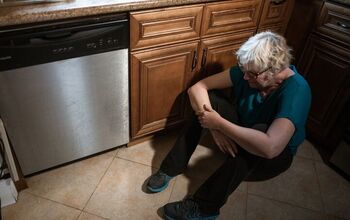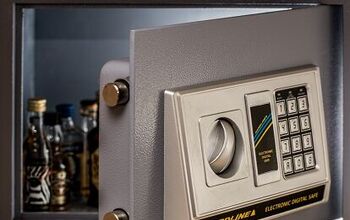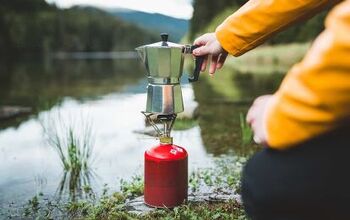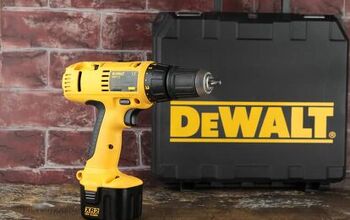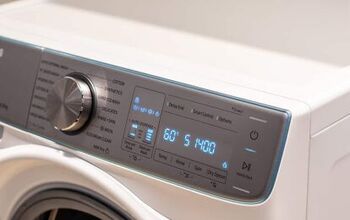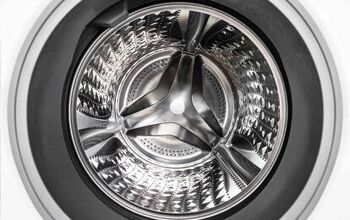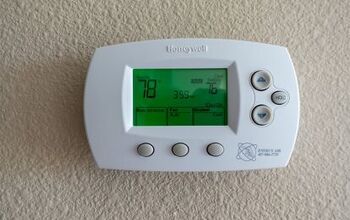12 Ways To Save Money On Your Spring Garden Purchases

Growing plants shouldn’t cost you a fortune. After all, millions of plants sprout up from the ground naturally without any help from mankind. Still, it can cost hundreds or even thousands of dollars to build the perfect spring garden. If you want an idyllic garden this season but don’t want to spend top dollar, then you need to know all the ways you can save money on supplies.
To save big bucks on your spring gardening purchases consider buying soil, mulch, and plants in bulk when possible. Make your compost, and contact local tree removal companies for huge discounts on mulch. Grow as many plants as you can from seed, and save seeds from the previous season’s most successful crops. Look through online marketplaces for cheap used equipment and planters.
Your garden can cost anywhere from nothing to thousands of dollars. The price difference all depends on how well you plan, and whether or not you know all the best ways to save money on gardening supplies. If you want a great garden but don’t want to spend a penny more than you have to, then read all the top money-saving spring gardening tips listed below.
12 Easy Ways To Save Big Bucks On Your Spring Garden
1. Plan Your Spring Garden In The Fall
One of the best ways to save tons of money on your spring garden is to plan for it in the fall. For one, planning a garden in advance ensures you get only the items you need.
It also means you can start buying them months in advance. This allows you to snatch some products well in advance when they are cheap and readily available.
Planning your garden in the fall also means you can capitalize on huge end-of-season sales that many garden supply stores and major home improvement stores have. As long as you have somewhere to store supplies, you can get most of what you need for your spring garden at these sales at a deep discount.
2. Contact Your Local Seed Library Or Seed Swap
If you live in a municipality where gardening is popular, then there's a good chance there is a seed library or seed swap near you. Seed swaps are great places to bring your seeds and get different ones for free. You can also pay a nominal fee to buy seeds.
Seed libraries sometimes give away free seeds. If they aren’t free, they are usually much cheaper than retail prices. These places are great, as they tend to only carry seeds for plants that thrive in your area.
3. Check Online Marketplaces For Cheap And Free Stuff
One of the best ways to save on any home improvement project is to find cheap and free materials. One consistently great place for cheap and free stuff is the internet. There are various resale and swap sites, as well as internet marketplaces where you can find garden supplies at a fraction of the retail cost — or even for free.
As long as you don’t mind second-hand pots, or loading soil into your truck without help, then you can score some insane deals on these sites. The key is checking early in the season, and being ready for pickup immediately before someone else snags it.
4. Buy Seeds And Soil In Bulk
Just like with anything else, it pays to buy in bulk. While you don’t need to buy everything in bulk when gardening (you probably don’t need 100 tomato plants), there are some things you need a lot of.
Potting soil, compost, mulch, and some seeds (like grass and some flower seeds) should be bought in bulk whenever possible. This will cut down significantly on costs, and ensure you have plenty of product to start your spring garden on time.
5. Make Your Own Compost
Having a compost pile on your property has many benefits. Perhaps the best benefit is you don’t have to pay for compost. As soon as your compost is done, you can bag it up and then fold it into your garden soil as needed.
Using your own compost saves you money and it is also often just as good (or better) than some store-bought composts.
6. Shop Early For Good Deals
If you can’t shop in the autumn for your spring garden, then try to shop as early as possible in the spring. You can usually still find some great deals on many of the items you need. Even if you don’t get huge discounts like you would in the fall, it ensures you won’t pay a high premium.
The longer you wait to buy gardening essentials, the lower the supply will be. Try to avoid this common spring gardening mistake. It can mean having to delay your planting, which is not a good way to set your spring garden up for success.
7. Buy Used Equipment For A Fraction Of The Cost
If you are investing in some bigger gardening tools this year, take your time to weigh the pros and cons of buying new versus used gear. In most cases, quality used gear works just as well as new equipment. It just costs significantly less.
Whenever possible, look for used equipment whenever it makes sense to.
8. Start Plants From Seed
Anyone who has gardened knows that starting plants from seeds is much cheaper than buying rooted plants. The problem is sometimes it seems like the growing season is too short to start everything from seed.
If, however, you start your cold-hardy vegetables from seed in late winter indoors, and slowly plant other items once the first plants are in the ground, then you should have no issues.
Just ensure there is no risk of frost and the soil temperature is safe before you transplant anything you started from seed. This will avoid unnecessary casualties.
9. Contact Tree Trimming Businesses For Mulch
Mulch is a gardening item that can cost you a lot. If you have a big yard, then you'll need a lot of it, and high quality mulch isn’t cheap. To save a ton of money on mulch for your spring garden, make some phone calls to local tree-trimming businesses.
They often mulch up trees that they cut down. You might be able to score cheap or significantly discounted mulch, as long as you are willing to pick it up and scoop it yourself.
Sometimes your local municipality will have similar offers after they do tree trimming in the community.
10. Save The Best Seeds From Your Previous Year’s Harvest
One way to save on seeds and ensure you grow great plants each year is to save seeds from the previous year’s harvest. If you have particularly delicious tomatoes or exceptionally successful green beans, then save some seeds and dry them.
Practising this method not only saves money, but it will also improve your summer vegetable garden harvest. This is the same method used by farmers to help create “heirloom” varieties of various vegetables.
11. Plant Produce That Has Taken Root In Your Fridge Or Pantry
Another way to score free vegetables might be hiding in your refrigerator or kitchen pantry right now. If you have potatoes that are growing spuds, or old green onions, don’t toss them. You can plant your old potatoes and sweet potatoes in your garden.
You can also plant green onions. Simply soak them in water for a few days until you see root growth, and then transplant them into your garden. It’s that easy.
12. See What The Dollar Store Has
The dollar store and other clearance outlet stores might seem like a strange place to shop for garden supplies, but you’ll be surprised. Dollar stores and other discount stores tend to have lots of helpful garden gear in stock in late winter and early spring.
When shopping for seeds and other natural products, however, always check the sell-by dates. Sometimes products are so cheap because they are about to expire.
Wrapping Up Ways To Save Money On Your Spring Garden
You can charge up quite a bill at garden supply stores each spring if you aren’t careful. Luckily, there are tons of ways you can reduce what you spend on your spring garden. Start by planning and shopping for your garden in the fall, when there are deep discounts. Save seeds from your best plants to replant the following year, and look for plant and seed swaps near you. Make your own compost, buy soil in bulk, and contact tree-trimming businesses to get cheap or free mulch.
Related Guides:
- 9 Gardening Tips For Seniors
- Top Gardening Tools You Will Use This Spring
- Easy Ways To Help Your Spring Garden Thrive

Tom Gaffey is an expert writer who currently resides in Washington D.C. Tom has a passion for real estate and home improvement writing, as well as travel and lifestyle writing. He lived the last twelve years in Hawaii where he worked closely with luxury resorts and event planners, mastering his knowledge of aesthetics and luxury products. This is where he found his passion for home improvement and a keen interest in DIY projects. Currently, Tom resides in Washington D.C, and also working on his debut fiction novel.
More by Tom Gaffey


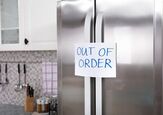








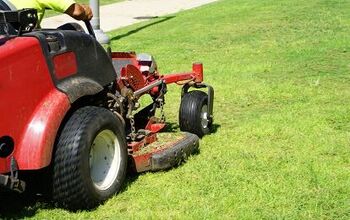


![The 10 Best Table Saws - [2022 Reviews & Buyer's Guide]](https://cdn-fastly.upgradedhome.com/media/2023/07/31/9070645/the-10-best-table-saws-2022-reviews-buyer-s-guide.jpg?size=350x220)



